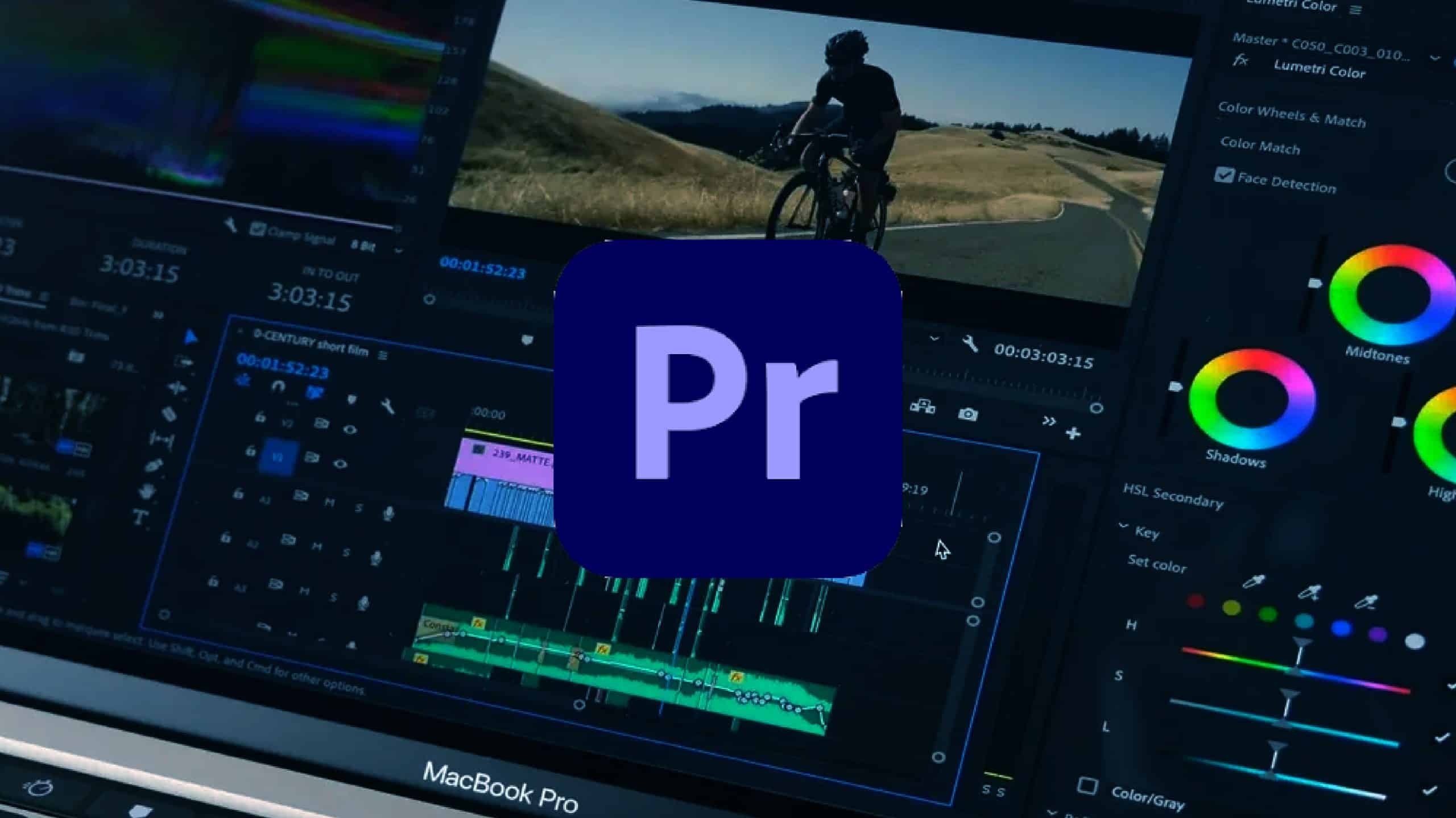Adobe Unveils New AI Features for Video Editing

On Wednesday, Adobe announced exciting new features for its video editing software and cloud-sharing platform. These enhancements are being introduced in the latest beta builds of Adobe Premiere Pro and After Effects, as well as in Frame.io. The updates aim to streamline the editing process for video professionals, making it easier to manage footage and add translations. With these new tools, Adobe hopes to reduce the tedious aspects of video editing, allowing creators to focus more on their craft.
Adobe Begins Testing Two AI Features on Premiere Pro
Adobe has shared details about two innovative AI features that are now available in the beta version of Adobe Premiere Pro. The first feature is a new search panel powered by generative AI, which Adobe refers to as media intelligence. This tool allows users to search for footage using natural language text prompts. By analyzing descriptions, spoken words, or embedded metadata, the AI can quickly locate the desired clips in a user’s library.
For instance, if a user types “person skating with a lens flare,” the AI will sift through the library to find relevant footage that matches the description. This feature can also interpret spoken words from the clips, making it easier to find specific scenes. Users can combine different search criteria to refine their results further, enhancing the overall efficiency of the editing process.
The second AI feature introduced in Premiere Pro is an automatic caption translation tool. This feature can translate captions into 17 different languages, which can then be added to videos as separate caption tracks. This capability is particularly useful for creators working with multilingual content. Users can keep multiple caption tracks visible simultaneously, allowing for efficient editing of videos that contain audio in various languages. Together, these features represent a significant step forward in making video editing more intuitive and less time-consuming.
New AI Features in Adobe After Effects and Frame.io
Adobe After Effects is also receiving notable updates in its beta version. One of the key enhancements is a new caching system that allows users to preview and playback compositions without interruptions. This system utilizes both the device’s RAM and high-performance attached hard disks to minimize wait times, making the editing experience smoother and more efficient.
Additionally, After Effects is introducing HDR monitoring support. This feature will enable users to work with Perceptual Quantizer (PQ) and Hybrid Log-Gamma (HLG) encoders for HDR content. With HDR monitoring, users can view their compositions with greater accuracy, ensuring that the final output meets high-quality standards.
Furthermore, Adobe’s cloud-sharing platform, Frame.io, has expanded its Camera to Cloud (C2C) feature to include support for Canon’s C80 and C400 cameras. These are the first Canon models to be integrated with the cloud platform, joining other supported brands like Red, Fujifilm, and Panasonic. This integration allows users to automatically upload proxy files to the cloud while shooting, enabling video editing professionals to access the footage quickly. However, it is essential to link the proxy files with the original footage before exporting the final video, ensuring a seamless editing process.
Observer Voice is the one stop site for National, International news, Sports, Editor’s Choice, Art/culture contents, Quotes and much more. We also cover historical contents. Historical contents includes World History, Indian History, and what happened today. The website also covers Entertainment across the India and World.

